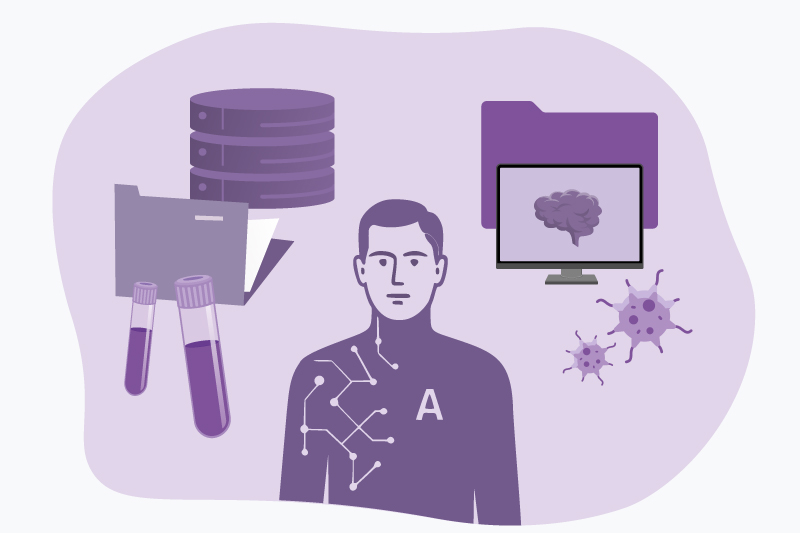Integrated Diagnostics
Improve diagnostic quality and efficiency by integrating different disciplines like radiology, pathology and laboratory results
Get a 360-degree view on diagnostics
Enable early and precise diagnostics
Integrate different diagnostic information in one comprehensive dashboard. The human body is a complex network and the biggest diagnostic value is in the connections.
Decide on the next diagnostic action
Get to the correct diagnosis as quickly as possible, without repetitive or unnecessary diagnostic steps. Improve the patient experience and uncover potential areas for savings.
Integration
Process and Data Integration
Leverage our Design Thinking based approach to quickly create a joined understanding for the needs of the diagnostician of the future.
Standard mapping
Harmonize existing data pools e.g. from the laboratory using standards like SNOMED CT and LOINC.
Harmonization of data
Leverage integrations into existing systems or use a flexible interface to make diagnostic data available.
Process integration
Adapt the diagnostic process to follow the medical needs instead of separate IT systems.
Collaboration
Interdisciplinary Diagnostic Pathways
We believe that various disciplines need to work closely together for better diagnostics.
- Information network
- Next diagnostic step
- Right coding
- Enhance collaboration
Quickly understand how symptoms, imaging results, and laboratory parameters influence each other based on integrated diagnostic pathways.
Get an explanation of the recommended next diagnostic steps – while reducing cost and optimizing patient experience.
Ensure the correct diagnosis – with all accompanying diseases – is being reflected in the electronic health record.
Integrate gamification-like features to incentivize cross-disciplinary work.
Patient Focus
Personalization and Individualization
Improve the overall patient experience by personalizing diagnostic procedures based on individual needs.
Going beyond gender and age
Individualized follow-ups
Re-test and check the patient based on individual results and trends instead of fixed time frames.
Therapeutic drug monitoring
Jointly create specific solutions to simplify the processes around TDM.
Patient centered care
Bring diseases in the context of the individual patient in an aging society with multimorbidity and polypharmacy.
Our Offer
How we can support you
With the help of the medicalvalaues platform you can leverage existing data lakes or data integration centers. An operation in the cloud, but also on local virtual machines is possible.
Jointly we would like to support you to create diagnostic processes of the future while striving for the best possible quality:
- Extensive monitoring, security and data protection measures according to current standards
- Creation of diagnostic pathways with subject matter experts – leveraging data-driven and expert-based content validation
- Possibility of individualization: adaptation to your individual diagnostic procedures
The potential of integrated diagnostics is seen by government and health organization across the world.
Blog Articles & News

Omni-Channel Laboratory – Modern Integration Replacing Classic DFÜ
Modern omni-channel solutions centrally integrate traditional remote data transmission (DFÜ), order entry, and mobile channels – enabling consistent, efficient, and future-proof laboratory processes.

More Data for Anemia than for Cancer? Why AI Is Being Held Back Where It’s Needed Most
A sustainable healthcare system is not just about environmentally friendly hospital design or reducing plastic waste. Sustainability starts with diagnosis: The earlier and more precisely a disease is detected, the more efficiently resources can be used, unnecessary examinations can be avoided, and therapies can be optimized. This has economic, ecological, and social benefits.

